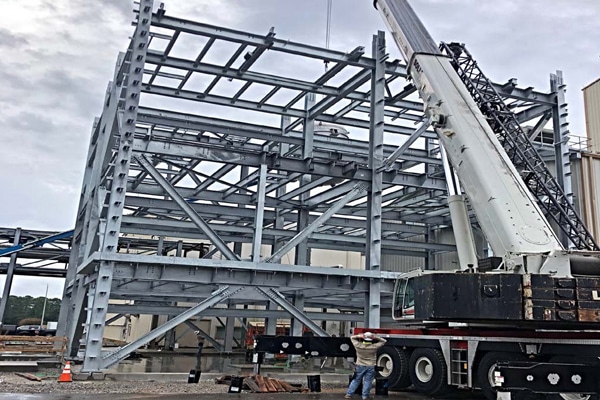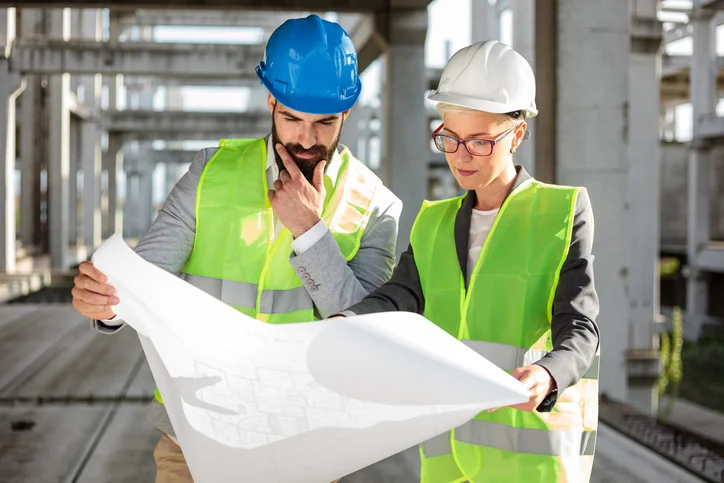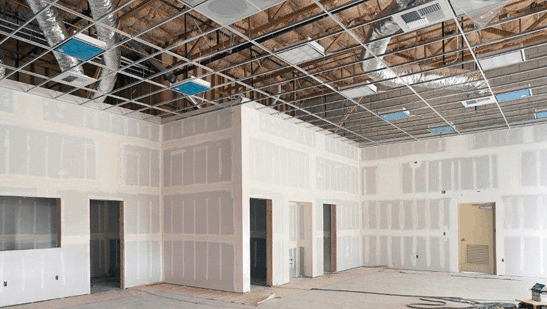
Steel fabrication plays a crucial role in the field of architecture and design, offering immense versatility and flexibility in creating structures that are not only aesthetically pleasing but also durable and long-lasting. From towering skyscrapers to intricate sculptures, steel fabrication has become a go-to choice for architects and designers looking to push the boundaries of creativity and innovation.
One of the key advantages of steel fabrication is its strength and durability. Steel is known for its ability to withstand high levels of stress and strain, making it an ideal material for supporting large and complex structures. Refer: https://8starmetalengineering.com.au/.
This strength allows architects to design buildings with soaring heights and expansive interiors, without the need for bulky support columns or walls. Steel also has a high weight-to-strength ratio, meaning that it can support heavy loads while remaining relatively light compared to other building materials.
Steel fabrication also offers versatility in terms of design possibilities. Its malleability allows for the creation of intricate and complex shapes that would be difficult or impossible to achieve with other materials. This flexibility in design opens up a world of possibilities for architects and designers, enabling them to create unique and innovative structures that stand out in a crowded urban landscape.
Furthermore, steel fabrication is highly customizable, allowing architects and designers to tailor the material to suit their specific needs and requirements. Steel can be cut, shaped, and welded into virtually any form, giving designers the freedom to experiment with different shapes, sizes, and configurations.
In addition to its aesthetic appeal and structural integrity, steel fabrication also offers sustainability benefits. Steel is a recyclable material, meaning that it can be reused and repurposed at the end of its life cycle. This reduces the environmental impact of construction projects and helps to conserve natural resources. Furthermore, steel is energy-efficient, as it can be prefabricated off-site and transported to the construction site, reducing waste and minimizing on-site disruption.
One of the most iconic uses of steel fabrication in architecture is the construction of skyscrapers. Steel frames provide the necessary support for tall buildings, allowing for open floor plans and expansive windows that offer breathtaking views of the surrounding cityscape.
Besides skyscrapers, steel fabrication is also commonly used in the design of bridges, stadiums, and other large-scale structures. The strength and durability of steel make it an ideal material for projects that require long spans and heavy loads. Steel bridges, for example, can span rivers and valleys with ease, providing safe and efficient transportation routes for pedestrians and vehicles alike.
Steel fabrication is not limited to large-scale projects – it is also used in the design of furniture, lighting fixtures, and decorative elements. Steel furniture is prized for its sleek and modern aesthetic, as well as its durability and longevity. Steel lighting fixtures can add a touch of industrial chic to any interior space, while steel sculptures can serve as striking focal points in public plazas and outdoor parks.
In conclusion, steel fabrication is a versatile and indispensable tool in the world of architecture and design. Its strength, durability, flexibility, and sustainability make it a popular choice for a wide range of projects, from large-scale buildings to small-scale furnishings.







